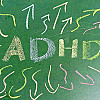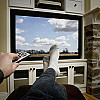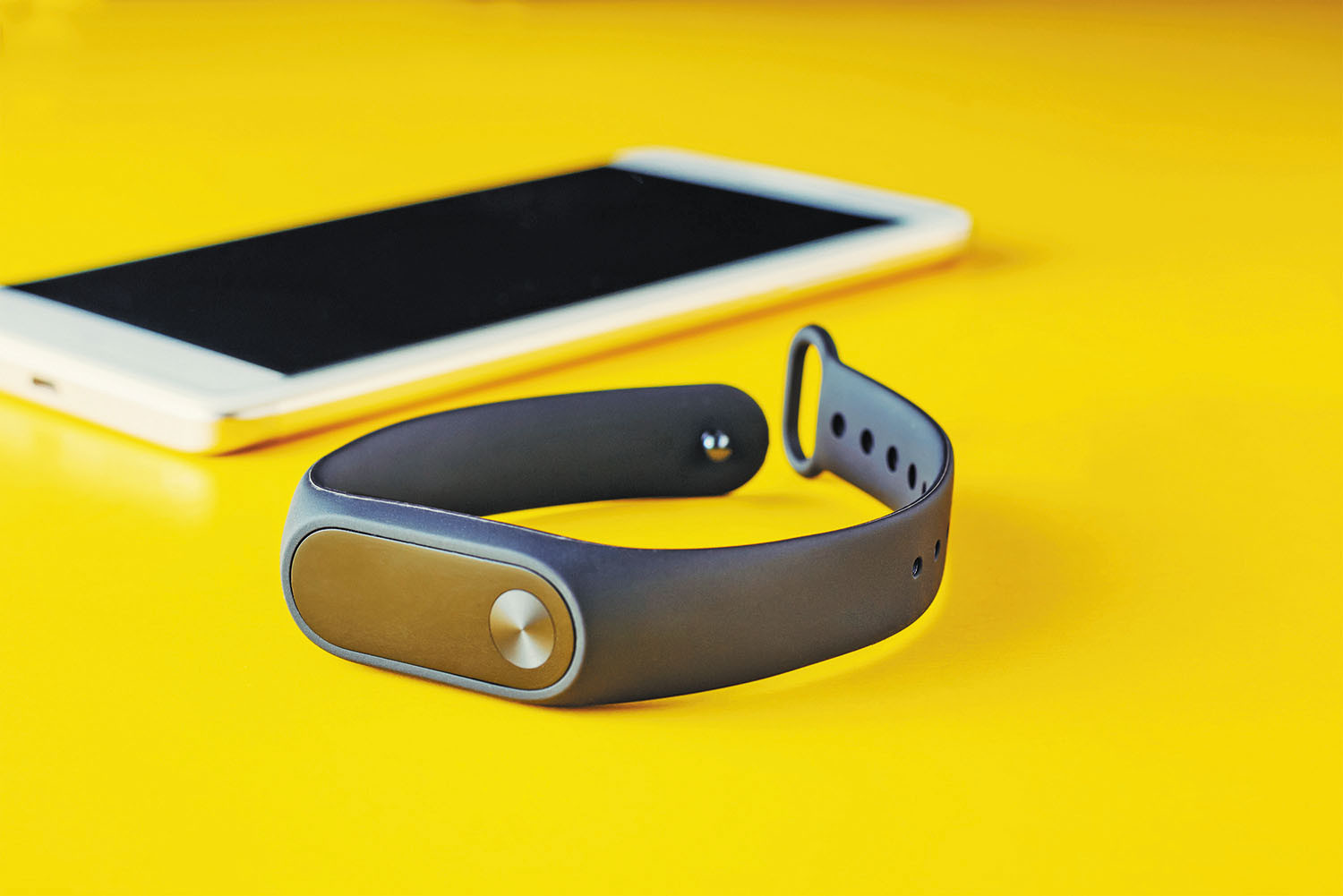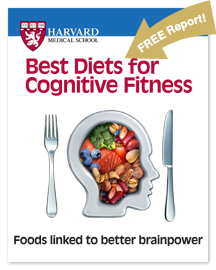
Celiac disease: Exploring four myths

What is prostatitis and how is it treated?

What is Cushing syndrome?

Exercises to relieve joint pain

Think your child has ADHD? What your pediatrician can do

Foam roller: Could you benefit from this massage tool?

Stepping up activity if winter slowed you down

Common causes of cloudy urine

Dragon fruit: How to enjoy this antioxidant-rich fruit

Are you getting health care you don't need?
Medical Devices & Technology Archive
Articles
Wearable fitness trackers may aid weight-loss efforts
Sensing abnormal heart rhythms with a smart speaker?
Treating sleep apnea: Good for your heart and mind?
Implanted heart device? Beware of newer smartphones and wearables
Research we're watching
People who have an implantable cardioverter-defibrillator (ICD) or pacemaker should avoid the iPhone 12 as well as wearable tech products — such as the Fitbit and Apple Watch — that use magnetic chargers. The magnets in these gadgets can interfere with implanted cardiac devices, possibly rendering them useless, say two recent reports.
A 55-year-old woman wearing an Apple Watch while sleeping was awakened by several beeps from her ICD. A next-day check showed the watch's magnet had deactivated her device, as noted Dec. 12, 2020, in HeartRhythm Case Reports. In the Jan. 4, 2021 HeartRhythm, doctors described how bringing an iPhone 12 near the chest of a person with an ICD immediately disabled the device.
5 tips to help you stay safe during medical treatment
Medication errors and communication problems may put people at risk.
It's been 20 years since the Institute of Medicine published its landmark report To Err is Human. It found that as many as 98,000 people were dying each year from preventable medical errors, prompting an industrywide patient safety effort that has spanned the past two decades.
An editorial published in JAMA Dec. 29, 2020, notes that in the years since that report came out, hospitals and doctors have made numerous changes that have succeeded in reducing preventable problems, such as hospital-acquired infections, falls, and medication-related errors. But more work remains to be done. Mistakes still happen.
Smartphone apps and trackers may help boost physical activity
Research we're watching
Surveys show that about one in five Americans uses a smartphone app or tracker for monitoring exercise. Evidence for the benefits of these tools is mixed, but a new review suggests they may encourage people to move a bit more.
Researchers pooled findings from 28 studies involving a total of nearly 7,500 people who took part in studies using a smartphone app or activity tracker. They found that these tools have a small to moderate effect in boosting physical activity, motivating people to take an average of 1,850 additional steps per day.
Which blood pressure number matters most?
Ask the doctor
Q. My doctor told me I should get a home monitor to keep tabs on my blood pressure. Which number is most important in the reading, the top or the bottom one?
A. This question comes up often, perhaps because doctors and patients alike tend to pay more attention to the top (first) number, known as systolic pressure. It reflects the amount of pressure inside the arteries as the heart contracts. The bottom (second) number, diastolic pressure, is always lower since it reflects the pressure inside the arteries during the resting phase between heartbeats.
No place like home for accurate blood pressure checks
Research we're watching
Reliable blood pressure readings are vital for diagnosing high blood pressure and estimating a person's risk of heart disease. New research suggests that using a home blood pressure monitor may be more dependable than other methods.
Doctors have long relied on office visits to check people's blood pressure. But growing evidence shows that readings done outside a doctor's office are more closely linked to a person's risk of heart-related problems. Ambulatory blood pressure monitoring (ABPM) involves wearing a device that automatically records blood pressure every 30 to 60 minutes for 24 hours, but it's not widely available.
Over-the-counter hearing aids: Are they ready yet?
They're not yet FDA-approved, but the devices are available and safe — if you know what to look for.
When Congress passed the Over-the-Counter (OTC) Hearing Aid Act in 2017, it opened up a new world of possibility for people with hearing loss. Instead of paying $5,000 for a pair of FDA-approved hearing aids and follow-up service, you could pay hundreds of dollars for an OTC pair from any seller — no doctor appointments, hearing tests, or fittings needed. The devices would have the same fundamental technology as traditional hearing aids, they'd be targeted to people with perceived mild-to-moderate hearing loss, and the FDA would ensure quality by regulating and approving the OTC devices.
But almost four years later, the OTC hearing aid category and its safety and labeling rules are still tied up in red tape.
Can a tracker or smartphone app help you move more?
News briefs
Wearable activity or fitness trackers and smartphone apps are helpful for goal setting and measuring how many steps you take or how much time you spend exercising. But do they motivate you to become more active? Probably a little, finds a review of randomized controlled trials published online Dec. 21, 2020, by the British Journal of Sports Medicine. Researchers combed through 28 studies that included a total of more than 7,400 adults (ages 18 to 65) who used fitness trackers or apps for an average of three months. Compared with people who did not use the devices, people who did increased their activity by 1,850 steps per day. Apps and trackers that included prompts and cues to stay active appeared to be most effective. If your smartphone doesn't already have a built-in basic fitness tracker that counts your steps and calories burned, you can find an app that does. Some are free. Fancy tracking devices, with all the bells and whistles, including heart rate monitors and cellphone capability, cost as much as $1,300. But even the simplest ones help remind you to move.
Image: © azy_Bear/Getty Images

Celiac disease: Exploring four myths

What is prostatitis and how is it treated?

What is Cushing syndrome?

Exercises to relieve joint pain

Think your child has ADHD? What your pediatrician can do

Foam roller: Could you benefit from this massage tool?

Stepping up activity if winter slowed you down

Common causes of cloudy urine

Dragon fruit: How to enjoy this antioxidant-rich fruit

Are you getting health care you don't need?
Free Healthbeat Signup
Get the latest in health news delivered to your inbox!
Sign Up











